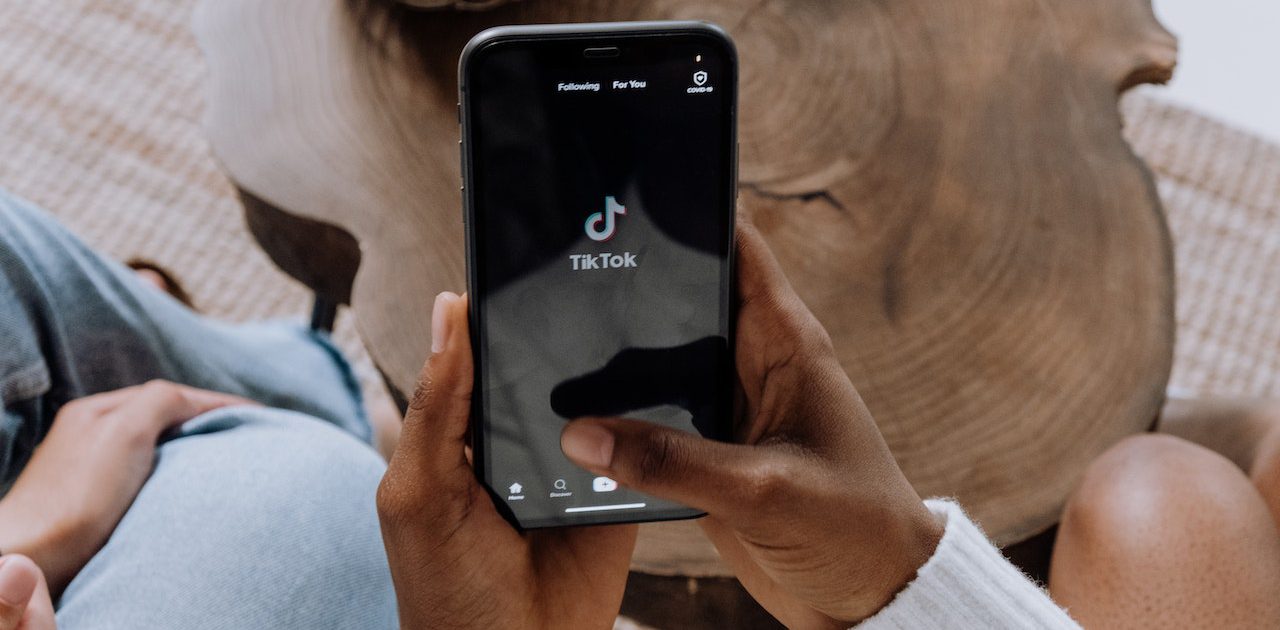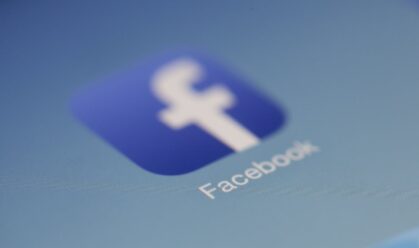TikTok rose from the ashes of the Musical.ly app to become one of the world’s biggest social networks, with over one billion users.
For many of us, the short video platform is the go-to destination for entertainment — the type of stuff we scroll through quickly when we get a few minutes of downtime. And it seems we like being distracted, given that the average TikTok user opens the app 19 times daily.
But using TikTok for business isn’t just about inscrutable humor and dance challenges; it drives meaningful engagement and action.
Three-quarters of users say they feel a deeper connection to brands they interact with on TikTok, while two-thirds say the platform has inspired them to shop — even when they weren’t planning to.
Still, competition is fierce. Cutting through the noise means regularly experimenting and tweaking your TikTok strategy. To help you out, we’ve analyzed 11 of the best brands on TikTok to see what makes them stand out.
1) Nike
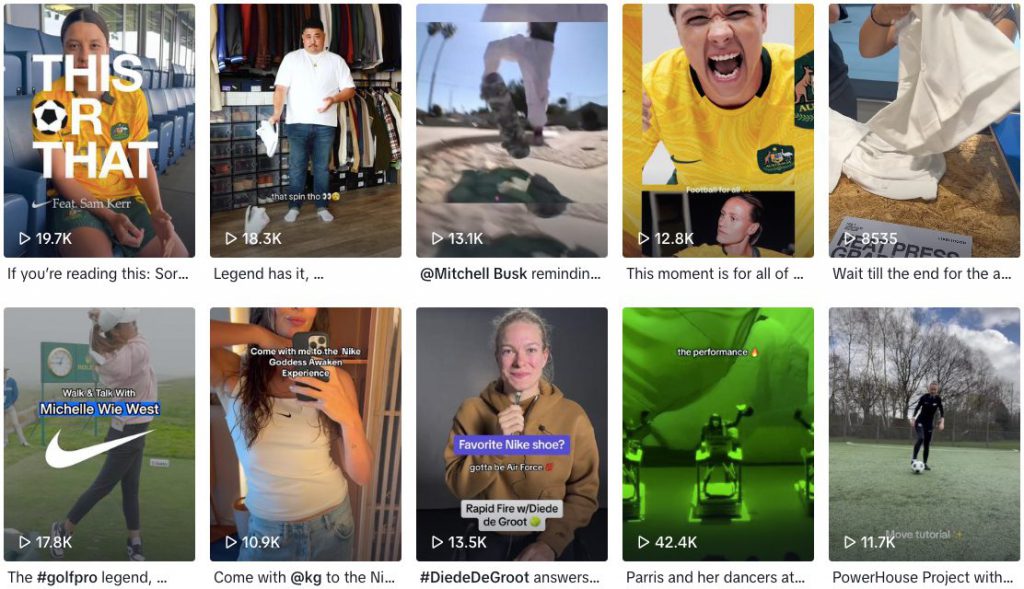 @nike / 4.4 million followers
@nike / 4.4 million followers
With a roster of global athletes on its books, Nike is better placed than most TikTok brands to extend its reach through celebrity endorsements.
It shares a combination of polished, professional videos and more personal, selfie-style content featuring world-famous names across a wealth of sports — think basketball star Devin Booker, Australian soccer ace Sam Kerr, and the roster of the San Diego Padres.
This broad focus and variety of content types help Nike engage a wide range of audiences while using the clout of its big-name athletes to drive up views.
2) Pepsi
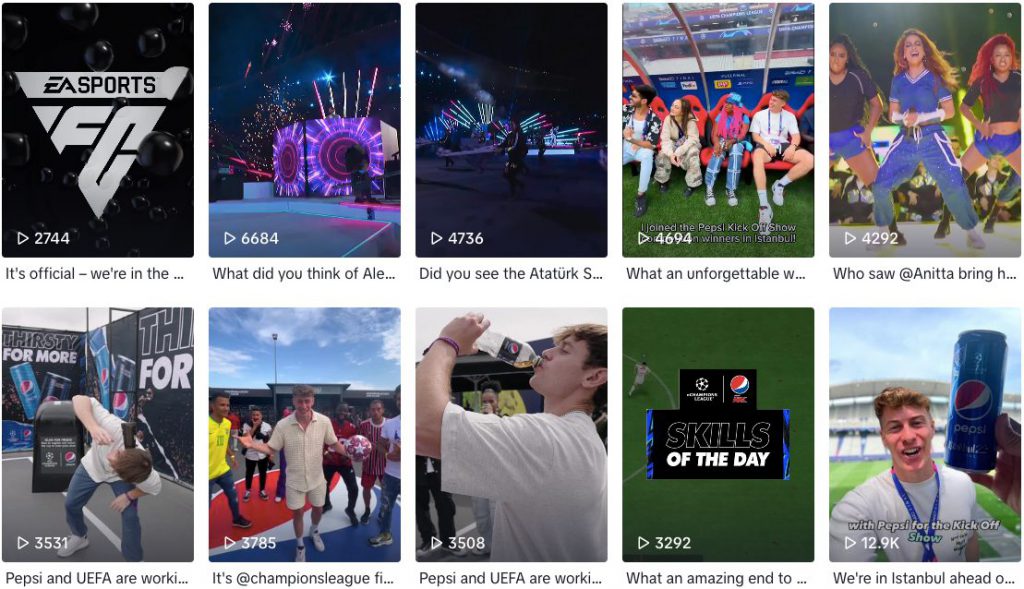 @pepsiglobal / 804K followers
@pepsiglobal / 804K followers
Pepsi takes an unusual approach to TikTok for businesses: rather than posting consistent daily content, the soft drinks brand prefers to leverage the platform for specific, high-profile campaigns.
One recent example is the 2023 UEFA Champions League Final, where Pepsi hosts an annual pre-match “kickoff show.” The brand shared over a dozen posts on TikTok before and during the event as part of a comprehensive three-month engagement campaign, including a dance challenge featuring Real Madrid soccer star Vinicius Jr.
Pepsi’s senior director of global marketing, Gustavo Reyna, said the brand has seen such challenges become a “big thing” on TikTok and described them as “a completely new way of encouraging fans to showcase their talent.”
3) Dior
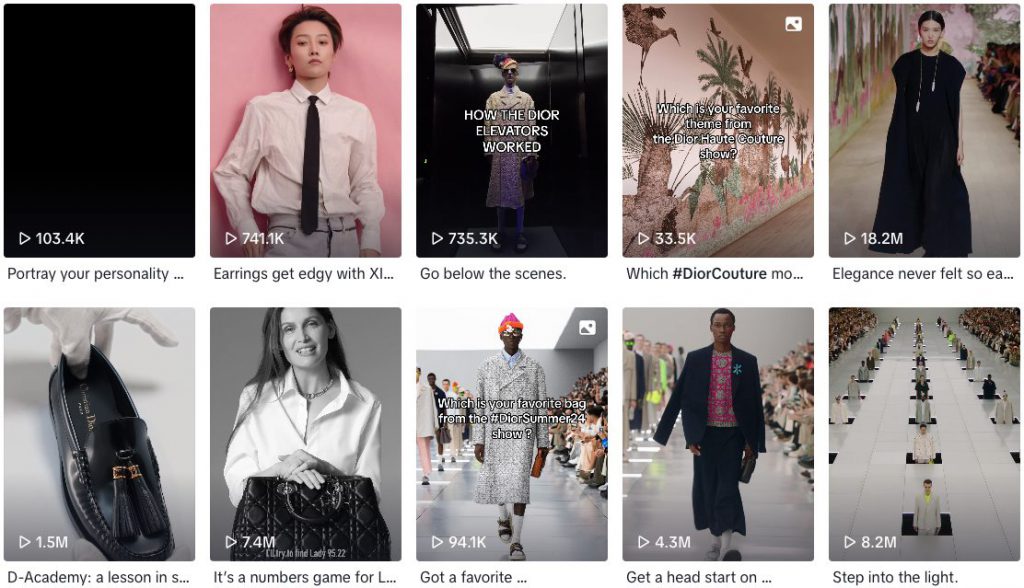 @dior / six million followers
@dior / six million followers
According to MMI Analytics, Dior generates more mentions than any other historic fashion brand on TikTok. So what’s it doing right?
While Dior inevitably shares highly polished content featuring various beautiful people looking moody, some of its most viewed (and liked) posts are simpler, behind-the-scenes videos. These typically show what happens off-stage at big fashion events or how the brand produces eye-catching campaigns.
It’s not hard to see the appeal of this type of content. As consumers, we’re used to seeing Dior in big-budget media placements, so seeing a more human side to such an iconic brand is fascinating.
4) Heinz
 @heinz_us / 60.5K followers
@heinz_us / 60.5K followers
Traditionally, Heinz hasn’t necessarily been the funniest brand, but humor is front and center of its TikTok strategy.
The condiments brand has a firm grasp on the sort of irreverent — and often downright weird — humor that plays well on the platform, as demonstrated by its video series starring “hot dog rights activist Francis Weiner.”
Trying to be funny online is always risky; the last thing you want is to offend people (or, even worse, be accused of “posting cringe”). But the rewards make it worthwhile, with 91% of consumers saying they prefer brands to be funny and 72% insisting they’d choose a brand that uses humor over the competition.
5) Campbell’s Soup
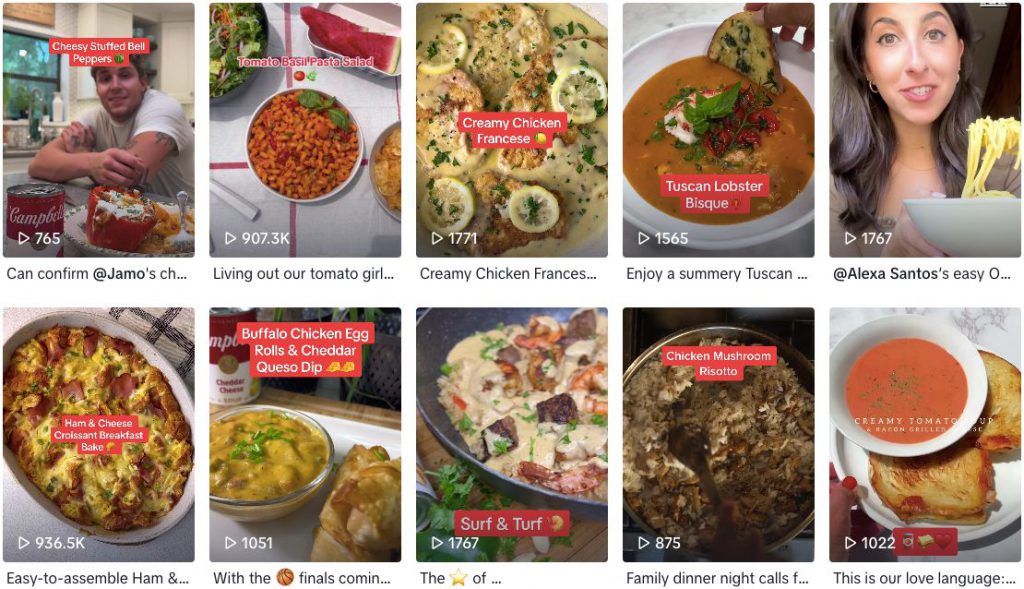 @campbells / 32K followers
@campbells / 32K followers
With over 150 years of history, Campbell’s isn’t necessarily a brand you’d expect to be at the forefront of social innovation.
Yet it leverages TikTok’s popularity with younger audiences to reach and engage Gen Z and Millennial audiences, with content focusing on the surprising adaptability of its iconic range of soups (tomato basil pasta salad made using condensed tomato soup, anyone?).
The brand’s TikTok strategy usually centers on keeping audiences within the platform. For instance, it posts recipes entirely within the comments section rather than sending followers to its website:
This strategy encourages TikTok to prioritize its content, helping the brand reach more people.
6) Monster Energy
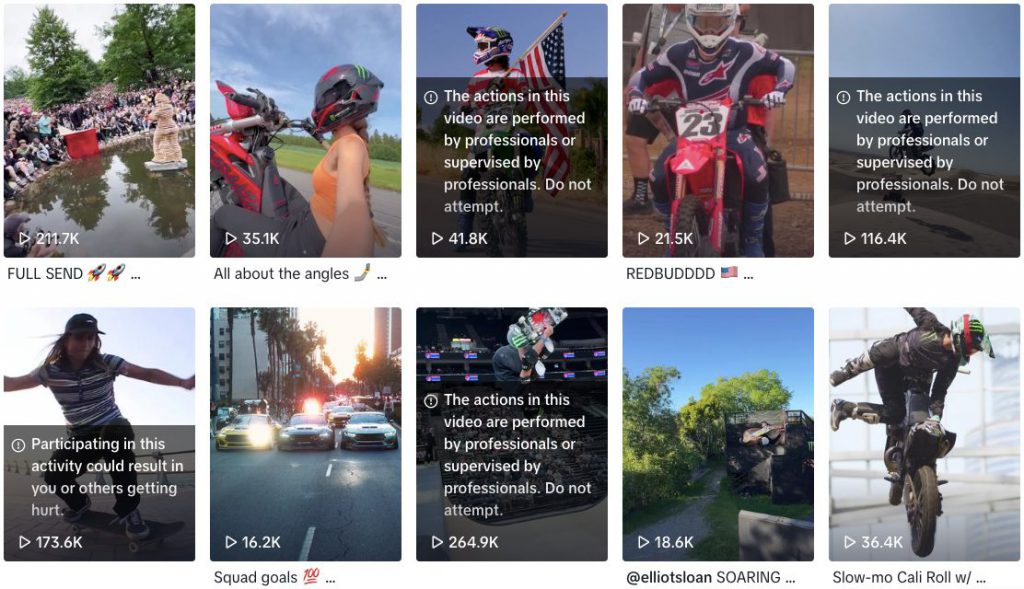 @monsterenergy / 2.6 million followers
@monsterenergy / 2.6 million followers
Without wanting to state the obvious, Monster is a high-energy brand.
To an extent, this is reflected in its TikTok content, which — similar to rival energy drink Red Bull — features extreme sports: mountain biking, jet skiing, off-road racing, and the like.
So you might be surprised to learn that some of Monster’s most popular content focuses on the far more downbeat trend of ASMR.
The hashtag #ASMR has an astonishing 785 billion views on TikTok, prompting Monster to regularly share videos of fridges being stocked to bursting with energy drink cans. These posts generate hundreds of thousands of views while spotlighting the brand’s products.
It shows the benefit of understanding what topics and trends work well on a specific platform and creating native content around them.
7) Warby Parker
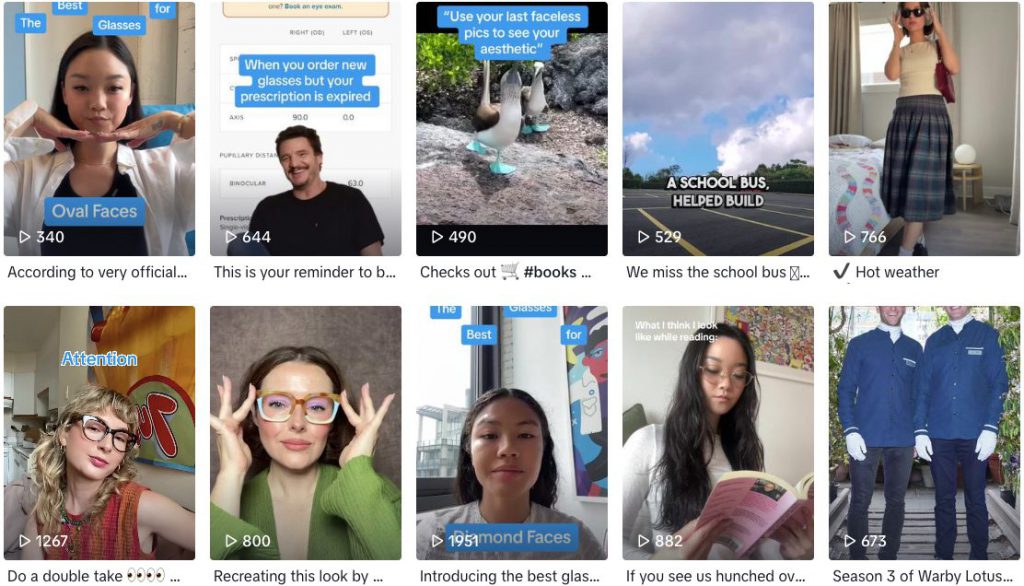 @warbyparker / 273K followers
@warbyparker / 273K followers
Direct-to-consumer eyewear brand Warby Parker is an excellent example of how to build a following based on shared interests and pain points.
There are many good things about wearing glasses: they (obviously) improve your eyesight; they make you look cool and sophisticated; you can take them off and gesture with them when you’re making a point.
But it also has a few downsides. Every glasses-wearer recognizes the pain of lifting the lid on a pot of boiling pasta or dealing with people asking to try on your prescription specs. These are precisely the relatable issues Warby Parker focuses on in its TikTok content, positioning it as a brand that knows and understands its audience.
8) Glossier
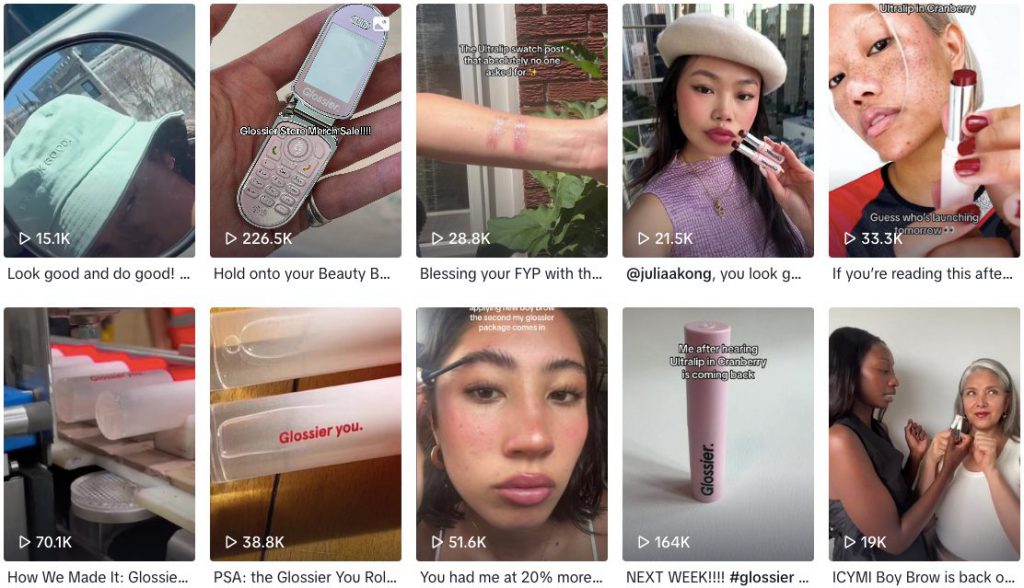 @glossier / 591K followers
@glossier / 591K followers
While we pointed out at the start of this article that many people get inspired to shop by visiting TikTok, the fact remains that most TikTok users aren’t actively searching for product recommendations on the platform. Indeed, research reveals that 60% of people primarily use TikTok to find funny or entertaining videos, while 45% open the app to kill time.
This data point tells us that if you’re going to talk about your products on TikTok, you need to find an entertaining and engaging hook — otherwise, people will just skip straight to the following video.
Glossier clearly understands this. It regularly leverages influencer partnerships with Julia Kong and Toni Bravo to promote newly launched products, ensuring that fans of those influencers will keep watching (and remember the brand’s messaging).
9) Ben & Jerry’s
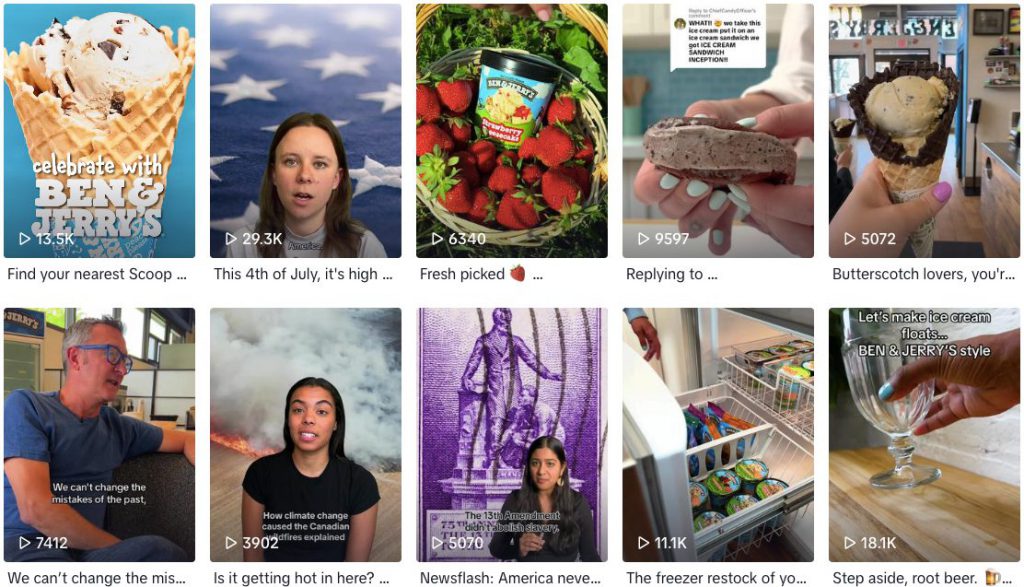 @benandjerrys / 360K followers
@benandjerrys / 360K followers
Ben & Jerry’s demonstrates the benefits of speaking out on issues that matter to your brand and audience. This is a critical strategy in a world where 82% of consumers say they prefer a brand’s values to align with their own (and three-quarters have “split up” with a brand over a conflict in values).
Alongside posting about its latest products and celebrating National Ice Cream Month, the brand takes a stance on various social and environmental issues, from supporting police-free schools to calling for clemency on drug-related offenses.
This might seem like a high-risk strategy — after all, if you voice an opinion on subjects like these, you’re bound to annoy someone.
But in reality, 70% of consumers believe it’s important for brands to take a stand on social and political issues, so it can be just as risky to bury your head in the sand.
10) Tiffany & Co
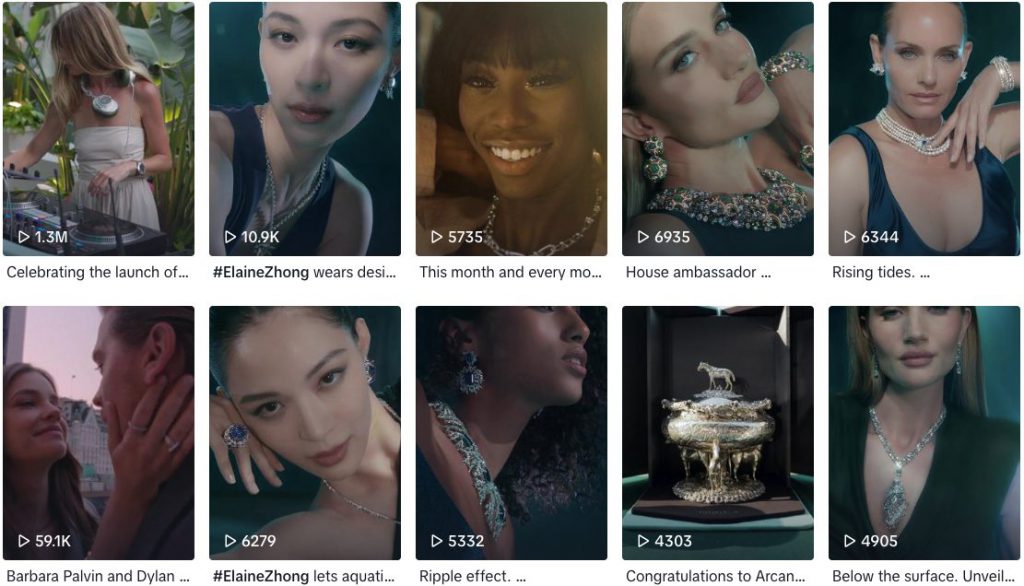 @tiffanyandco / 203K followers
@tiffanyandco / 203K followers
While it’s possible to upload videos up to 10 minutes long to TikTok, bite-sized content lasting just a few seconds typically performs best on the platform. That doesn’t give you long to get your messaging across, so it helps to make your videos instantly recognizable.
Tiffany & Co clearly understands this. It regularly uses the same color palette and aesthetic across multiple posts (such as this post and this post, both promoting the launch of the brand’s Blue Book 2023 jewelry collection).
The benefits are clear. Not only do followers know immediately that they’re watching Tiffany content, but the shared visuals help strengthen the brand and tell a story.
11) Patagonia
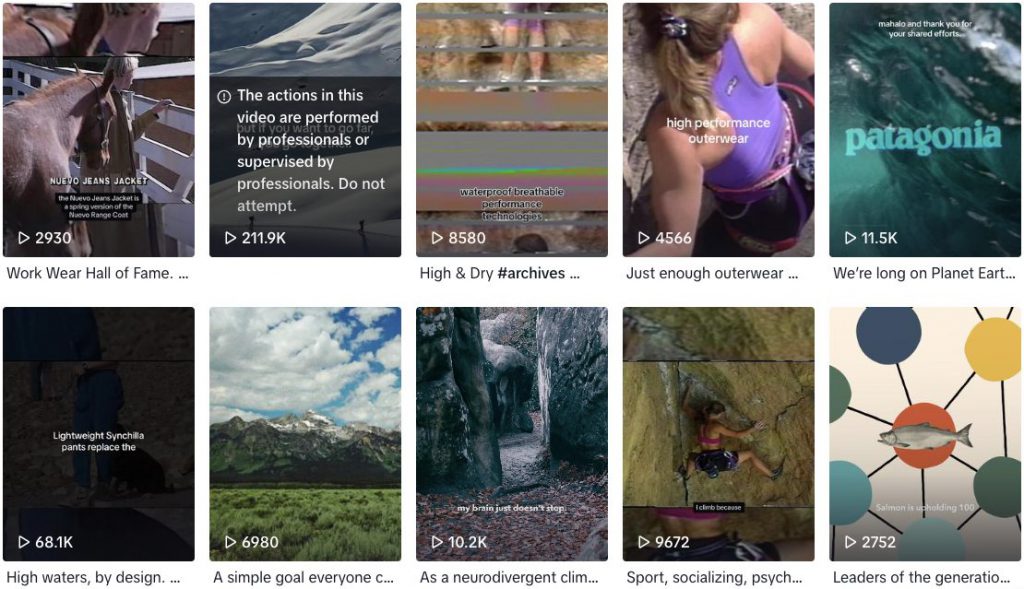 @patagonia / 138K followers
@patagonia / 138K followers
Did you know that 94% of consumers agree that good content tells a story?
Video platforms like TikTok are a perfect fit for sharing storytelling content. Patagonia is well aware of this, frequently sharing content focusing on the story behind the various campaigns it supports — such as the fight to save the ancestral waters of South America’s Kawéqar people.
Patagonia captures our attention by concentrating on real humans rather than faceless causes and encourages us to take action.
Visit the Social Media Strategies Summit for more case studies and advice on improving your social strategy!
Featured image by Pexels.
Here are some similar articles you might enjoy:
- How To Get Started with TikTok Ads
- 5 Top Social Media Marketing Trends for 2023
- Top 32 Brands Killing It on Instagram

